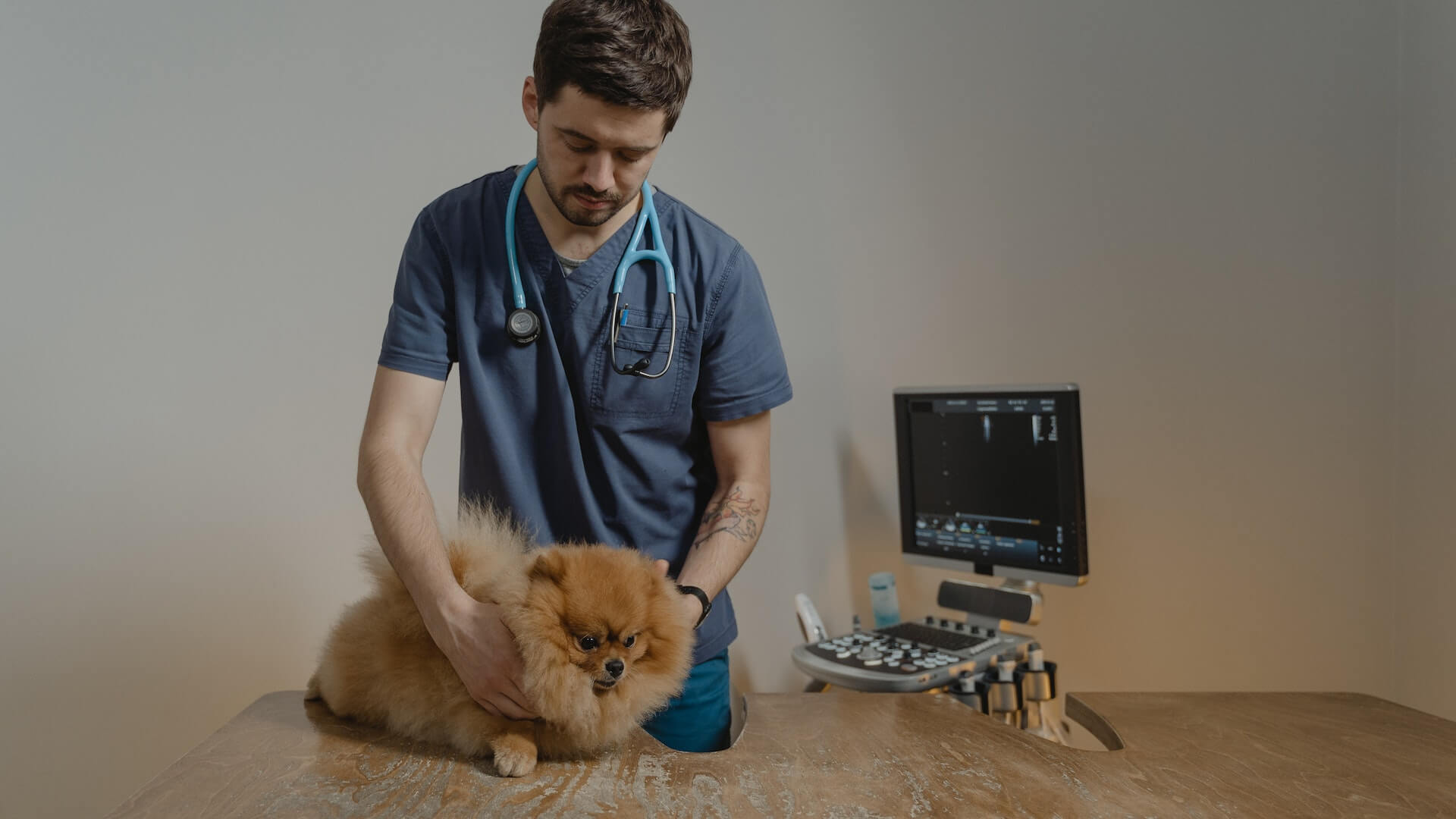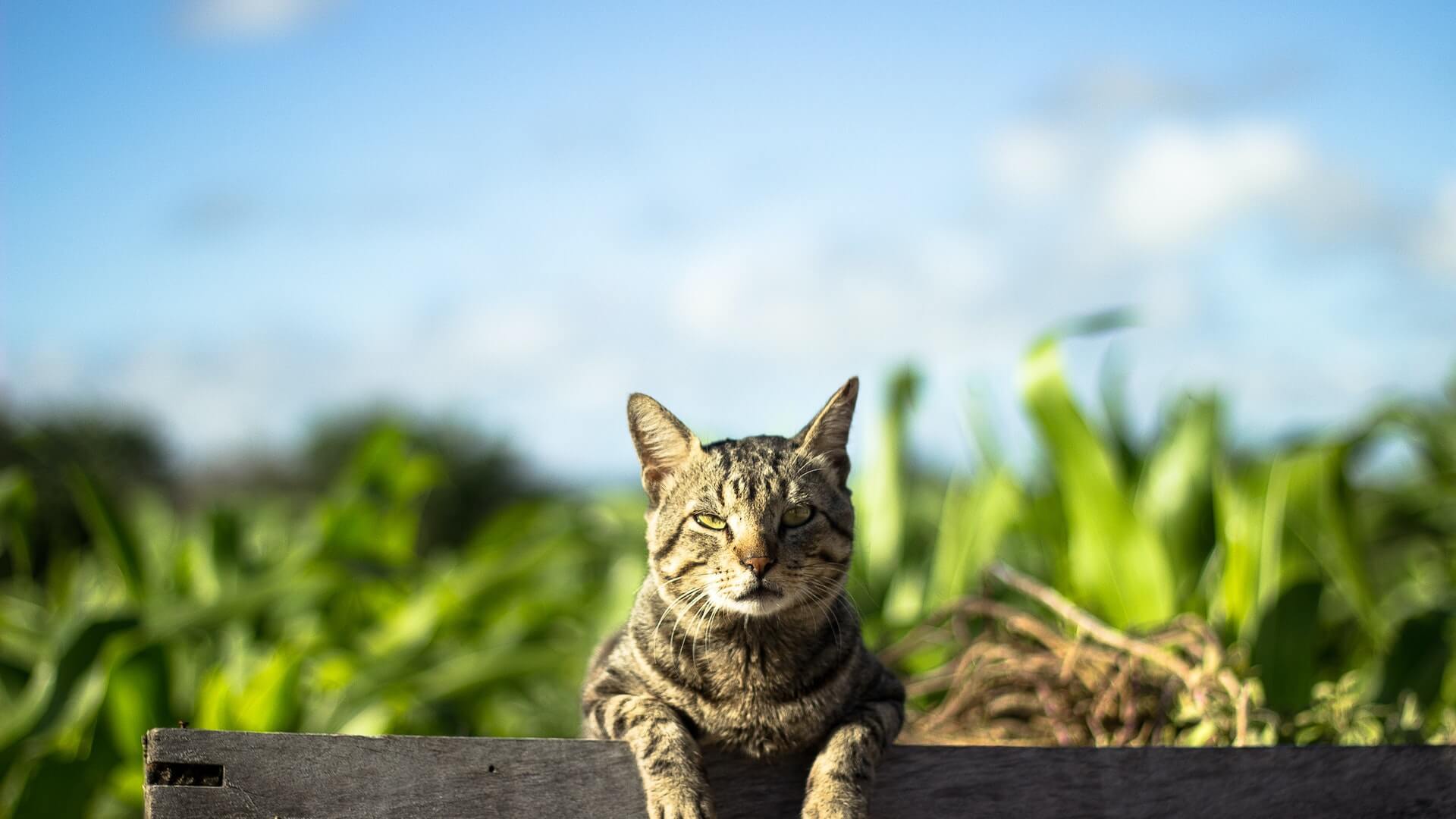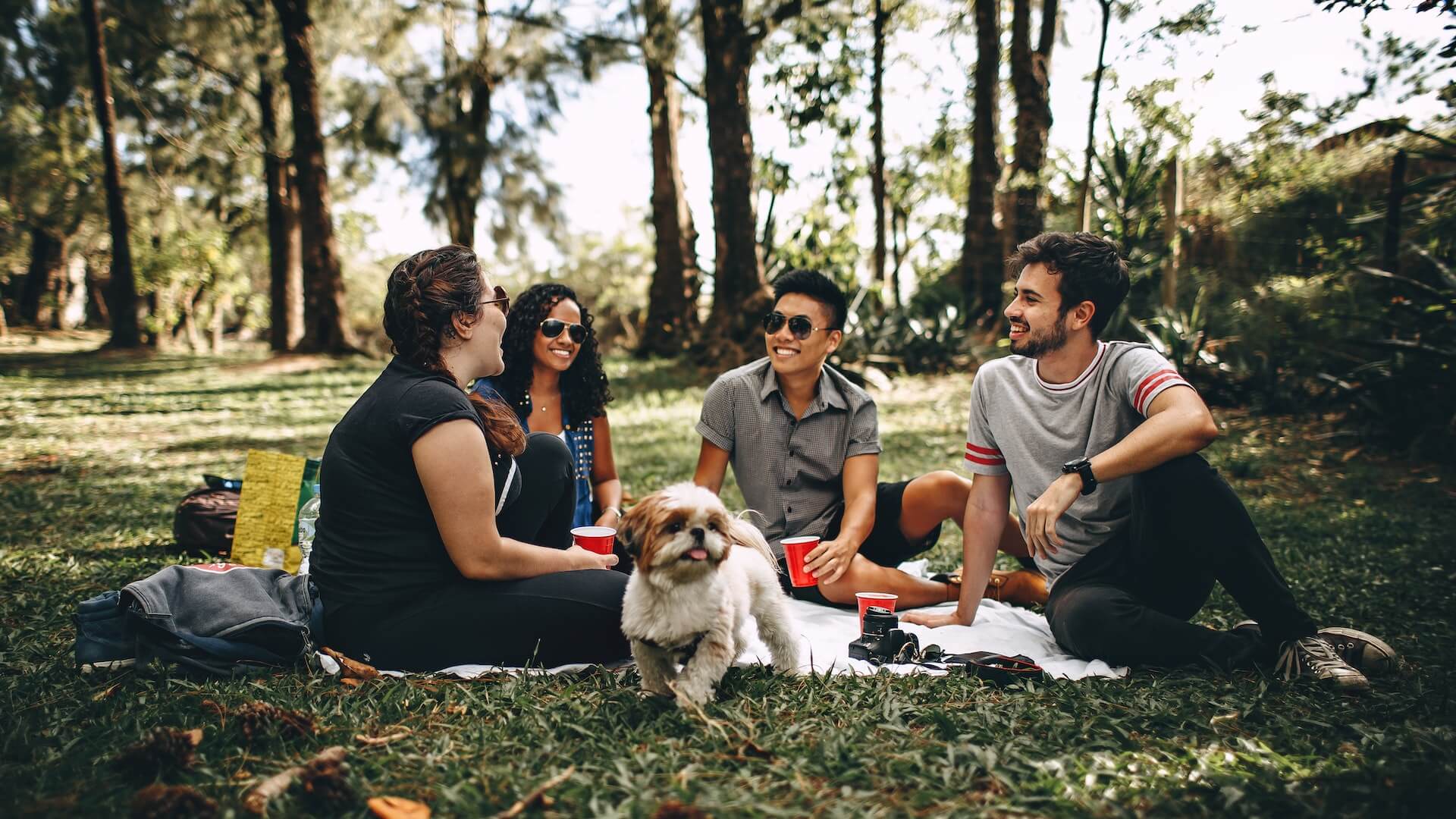Pets are an integral part of our lives. They bring love, joy, and companionship into our homes. As a pet owner, it’s important to ensure that they are safe and well-protected at all times. Unfortunately, accidents can happen, and it’s up to us to prevent them. Whether you are a new pet owner or have been caring for your furry friend for years, it’s essential to refresh your knowledge on pet safety. In this post, we’ll cover the basics of pet safety, from ensuring your pet’s environment is hazard-free to understanding what to do in the event of an emergency. By following these essential tips, you can help keep your furry friends protected and enjoy many happy years together.
Introduction: The importance of pet safety
Our furry friends bring us so much joy and unconditional love, making them an integral part of our families. As pet owners, it is our responsibility to ensure their safety and well-being at all times. Just like we childproof our homes, it is equally important to pet-proof our living spaces to prevent any accidents or harm that could befall our beloved companions.

Pet safety goes beyond just providing them with food, shelter, and affection. It encompasses creating a secure environment that minimizes potential hazards and risks that could endanger their health or even their lives. Whether you are a new pet owner or have had pets for years, it is crucial to be aware of the essential tips and measures that can keep your furry friends protected.
Pet-proofing your home: Identifying and eliminating hazards
When it comes to keeping your furry friends safe, pet-proofing your home is an essential step. Just like with young children, pets can be curious and may explore areas that could potentially harm them. By identifying and eliminating hazards, you can create a safe environment for your beloved pets to roam freely.
Start by taking a walk through your home with a keen eye for potential dangers. Look for any loose electrical cords that could be chewed on, as this poses a serious risk of electric shock. Secure these cords out of reach or use cord protectors to prevent your pet from accessing them.
Next, check for any toxic substances that may be within your pet’s reach. Common household items such as cleaning products, medications, and certain plants can be harmful if ingested. Store these items in secure cabinets or high shelves to ensure your pet cannot get to them. Additionally, consider switching to pet-friendly cleaning products that are non-toxic and safe for your furry friends.
Another important aspect of pet-proofing is securing potentially dangerous areas. This includes blocking off staircases or balconies to prevent falls, and covering any exposed vents or open spaces where your pet could get stuck. It’s also a good idea to keep windows closed or install protective screens to prevent your pet from accidentally escaping or falling out.
In addition to these measures, make sure to properly store any small objects or choking hazards. Items such as buttons, coins, or small toys can pose a serious threat if swallowed by your pet. Keep these items out of reach or use storage containers with secure lids.
Securing your yard: Creating a safe outdoor space for your pet
Here are some tips to help you secure your yard and provide a safe environment for your furry friend.

1. Install a sturdy fence:
Start by installing a high-quality fence around your yard to prevent your pet from wandering off and encountering any dangers. Choose a fence that is tall enough to prevent them from jumping over and has no gaps for them to squeeze through.
2. Check for escape routes:
Regularly inspect your fence for any potential escape routes or weak spots that your pet could exploit. Patch up any holes or gaps, reinforce loose boards, and secure any areas where your pet might dig under the fence.
3. Remove toxic plants:
Take the time to identify and remove any toxic plants that could be harmful to your pet if ingested. Research which plants are safe for pets and ensure your yard is free from any potential toxins.
4. Eliminate potential hazards:
Walk around your yard and identify any potential hazards such as sharp objects, exposed wires, or toxic chemicals. Remove or secure these items to prevent your pet from getting injured or coming into contact with harmful substances.
5. Provide shade and shelter:
Make sure your yard has adequate shade to protect your pet from the sun’s harmful rays, especially during hot summer months. Set up a sheltered area where your pet can seek refuge from extreme weather conditions like rain or snow.
6. Create a designated play area:
Designate a specific area in your yard for your pet to play and exercise. Make sure this space is free from any hazards and provide plenty of toys and stimulation to keep them entertained.
7. Supervise outdoor time:
Whenever your pet is outside, it’s important to supervise their activities to ensure their safety. Keep an eye out for any potential dangers, interactions with wildlife, or signs of distress that may require immediate attention.
The importance of identification: Microchipping and tags
Ensuring the safety of our beloved furry friends is every pet owner’s top priority. One essential aspect of pet safety that should never be overlooked is identification. Accidents happen, pets can wander off, and in those moments, having proper identification can make all the difference in reuniting with our beloved companions.
Microchipping is a highly recommended method of identification for pets. This simple procedure involves implanting a tiny microchip under the skin, usually between the shoulder blades. Each microchip contains a unique identification number that can be scanned by a veterinarian or animal shelter. This number is then linked to the pet owner’s contact information, such as their name, address, and phone number, in a database.
Microchipping is a reliable and permanent form of identification. Unlike tags or collars, which can be lost or removed, a microchip stays with the pet throughout their life. It provides peace of mind, knowing that even if the pet gets separated from their collar or tags, they can still be identified and returned to their rightful owner.
In addition to microchipping, it is essential to have visible identification tags on your pet’s collar. These tags should include the pet’s name and your current contact information. In the event that your pet is found by a kind-hearted stranger, having a visible tag makes it convenient for them to contact you immediately.
Remember to regularly check the information on your pet’s tags and update it whenever necessary. If you move or change your phone number, it is crucial to update your pet’s identification accordingly to ensure that the contact information remains accurate and up-to-date.
By combining the use of microchipping and visible identification tags, you significantly increase the chances of a lost pet being reunited with you. These simple yet effective measures provide an added layer of protection and peace of mind for both you and your furry friend.
Safe travels: Tips for keeping your pet secure during car rides
Whether you’re taking a short trip to the vet or embarking on a long road trip, there are crucial measures you can take to ensure their security during car rides.

First and foremost, it’s important to invest in a reliable pet carrier or crate. This will serve as their designated safe space and prevent them from roaming around the car, which can be both distracting and dangerous. Make sure the carrier is appropriately sized for your pet, allowing them enough room to stand, turn around, and lie down comfortably.
Additionally, always secure the carrier or crate in the car using a seatbelt or other restraining device. This will prevent it from sliding or tipping over in case of sudden stops or turns. For larger dogs, consider utilizing a doggy seat belt or harness that can be attached to the car’s seatbelt system.
While it might be tempting to let your pet roam freely within the car, it’s essential to resist this urge. Unrestrained pets can be a significant distraction for the driver, increasing the risk of accidents. Moreover, sudden braking or impact can lead to injuries for both your pet and other passengers.
To further ensure their safety, never leave your pet alone in a parked car, especially during hot weather. Even with the windows cracked, the temperature inside a car can rise rapidly, putting their health and well-being at serious risk.
Lastly, make sure to pack essentials for your pet’s comfort during the journey. This includes bringing enough food, water, medications, and familiar toys or blankets to keep them calm and at ease. Regularly provide them with opportunities for bathroom breaks and exercise to prevent restlessness and discomfort.
Weather considerations: Protecting your pet from extreme heat, cold, and storms
During hot summer months, it’s vital to protect your pets from heatstroke and dehydration. Ensure they have access to fresh and cool water at all times. Avoid exercising them during peak heat hours and provide shaded areas for them to rest. If your pet shows signs of heat exhaustion, such as excessive panting, drooling, or weakness, seek immediate veterinary attention.
Similarly, extreme cold temperatures can be dangerous for pets, especially those that are not well-suited to cold climates. Provide them with warm and cozy shelter, such as insulated dog houses or blankets, and limit their time outdoors during frigid weather. Be mindful of their paws, as ice and salt can cause irritation or even frostbite. Consider investing in pet-friendly booties to protect their paws during winter walks.
Stormy weather can also be unsettling for our furry companions. Loud thunder, lightning, and strong winds can cause anxiety and stress. Create a safe and comfortable space for your pet indoors, away from windows and doors. Provide them with a cozy bed or blanket and consider using calming techniques, such as playing soft music or using pheromone diffusers, to help them relax during storms.
Household dangers: Common household items that can be harmful to pets
As pet owners, it’s our responsibility to create a safe environment for our furry friends. While we may be familiar with obvious hazards like toxic plants or cleaning chemicals, there are several everyday household items that can pose a threat to our pets without us even realizing it. Here are some common household dangers to be aware of:

1. Human Medications:
Many medications, such as painkillers, antidepressants, and even over-the-counter drugs like acetaminophen, can be toxic to pets. Make sure to store all medications securely, out of your pet’s reach.
2. Cleaning Products:
Household cleaners, including bleach, detergents, and disinfectants, may contain chemicals that can be harmful if ingested by pets. Store these products in locked cabinets or high shelves to prevent accidental exposure.
3. Foods Toxic to Pets:
Certain human foods can be toxic to pets, including chocolate, grapes, onions, garlic, and xylitol (a sweetener commonly found in sugar-free products). Be cautious with your food storage and dispose of any leftovers or food waste properly.
4. Small Objects:
Pets, especially puppies or curious cats, may be tempted to chew or swallow small objects like buttons, coins, or children’s toys. Keep these items out of reach or confined in pet-proofed areas.
5. Electrical Cords:
Pets may chew on electrical cords, leading to electric shocks or even electrocution. Secure cords with cable management devices or use deterrent sprays to keep pets away from them.
6. Open Windows or Balconies:
Cats love to explore and may jump out of open windows or balconies, risking injury or escape. Install secure screens or keep windows closed when your pets are around.
7. Open Flames:
Pets can accidentally knock over candles or get too close to open fires, leading to burns or fire hazards. Use flameless candles or supervise pets around any open flames.
Food and nutrition: Understanding what is safe and toxic for your pet to consume
Just like humans, pets have specific dietary needs, and it is essential to understand what is safe and toxic for them to consume.
To ensure your pet’s safety, it is vital to be aware of certain foods that can be harmful to them. Common items such as chocolate, grapes, onions, garlic, and certain types of nuts can be toxic to pets and should be strictly avoided. These foods can lead to various health issues, ranging from gastrointestinal problems to organ failure.
It is equally important to provide your pet with a well-balanced diet that meets their nutritional requirements. Consult with your veterinarian to determine the appropriate type and amount of food for your pet based on their age, breed, and any specific health conditions they may have. Some pets may require specialized diets, such as those with allergies or sensitivities.
When choosing pet food, read the labels carefully and look for high-quality ingredients. Avoid products that contain artificial preservatives, colors, and fillers. Opt for reputable brands that prioritize using real meat and wholesome ingredients. Additionally, ensure that your pet has access to fresh, clean water at all times to stay properly hydrated.
While it may be tempting to share your food with your furry friend, it is crucial to remember that not all human food is safe for pets. Educate yourself about the potential risks associated with certain foods and make informed decisions to keep your pet healthy and happy.
Regular vet check-ups: The role of preventive care in pet safety
Regular vet check-ups play a crucial role in ensuring the safety and well-being of your furry friends. Just like humans, pets need preventive care to detect any underlying health issues early on and to keep them in optimal health. These routine visits to the vet allow for thorough examinations, vaccinations, and screenings that can help prevent and catch any potential health problems before they become serious.

During these check-ups, your veterinarian will assess your pet’s overall health, monitor their weight, check for any signs of illness or injury, and discuss any concerns or behavioral changes you may have noticed. They will also administer necessary vaccinations to protect your pet against common diseases and may recommend additional preventive measures such as flea and tick control or heartworm prevention.
Preventive care also includes regular dental check-ups and cleanings, as dental health is essential for your pet’s overall well-being. Poor dental hygiene can lead to various health issues, including gum disease, tooth decay, and even organ damage. Your vet can provide guidance on proper dental care routines and may recommend professional cleanings to maintain your pet’s oral health.
Emergency preparedness: Creating a pet emergency kit and knowing what to do in case of an emergency
Just as we have emergency kits for ourselves, it’s equally important to create a pet emergency kit tailored specifically for our beloved pets. This ensures that we can provide them with the necessary care and support during unexpected situations.
Start by gathering essential items that your pet may need in case of an emergency. These can include extra food and water supplies, medications, a first aid kit, a copy of your pet’s medical records, and any necessary pet supplies like leashes, collars, and harnesses. It’s also a good idea to include comfort items such as blankets or familiar toys to help reduce stress.
Store your pet’s emergency kit in a readily accessible location, known to all family members. Make sure it’s easily transportable in case you need to evacuate. Additionally, it’s advisable to keep a list of emergency contacts, including your veterinarian’s contact information and the nearest emergency veterinary clinic.
Equally important is knowing what to do in case of an emergency. Familiarize yourself with potential risks and hazards in your area, such as natural disasters or local emergencies. Have a plan in place for evacuating with your pet and identify pet-friendly shelters or accommodations in case you need to leave your home.
Taking the time to educate yourself about pet first aid and CPR can also be incredibly valuable. In emergency situations, knowing how to administer basic medical care can make a significant difference in your pet’s outcome.
Conclusion
Our furry friends are cherished members of our families, and it’s crucial to ensure their safety and well-being. By following the essential tips provided in this article, you can create a safe environment for your pets and minimize potential risks. Remember, prevention is key when it comes to pet safety. Thank you for reading, and we wish you and your furry friends a lifetime of happiness and safety together!



